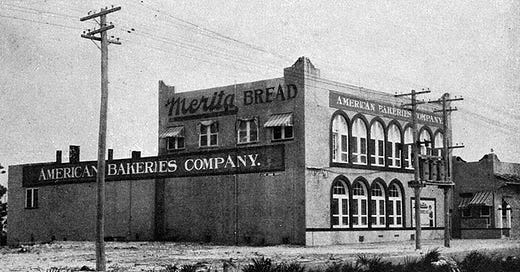History of Wynwood Miami
The Wynwood neighborhood in Miami has become known for art galleries, street art, and nightlife. This is the history of the neighborhood and the people who founded it.
The Wynwood is a neighborhood in Miami Florida that has been one of the most intriguing stories of Miami’s growth over the past two decades. However, very few people know the full history of this neighborhood that dates back to 1917. The neighborhood celebrated its 100-year anniversary several years ago, but it has changed so dramatically, its early and humble beginnings have been mostly forgotten.
From a working-class neighborhood where a bakery, bottling plant and a warehouse district were interspersed amongst blocks of modest single-family homes, it became a landing spot for immigrants from Puerto Rico beginning shortly after World War II. The concentration of immigrants from the territory island was so great, that it was referred to as Little San Juan during the middle decades of the Twentieth Century.
During the dawn of the current century, the neighborhood experienced another renaissance centered around art studios and galleries. It has continued to evolve into a technology center and one of the hottest neighborhoods in South Florida for art, entertainment, dining and living. This is the story of Miami’s thriving Wynwood neighborhood.
Keep reading with a 7-day free trial
Subscribe to Miami History to keep reading this post and get 7 days of free access to the full post archives.




